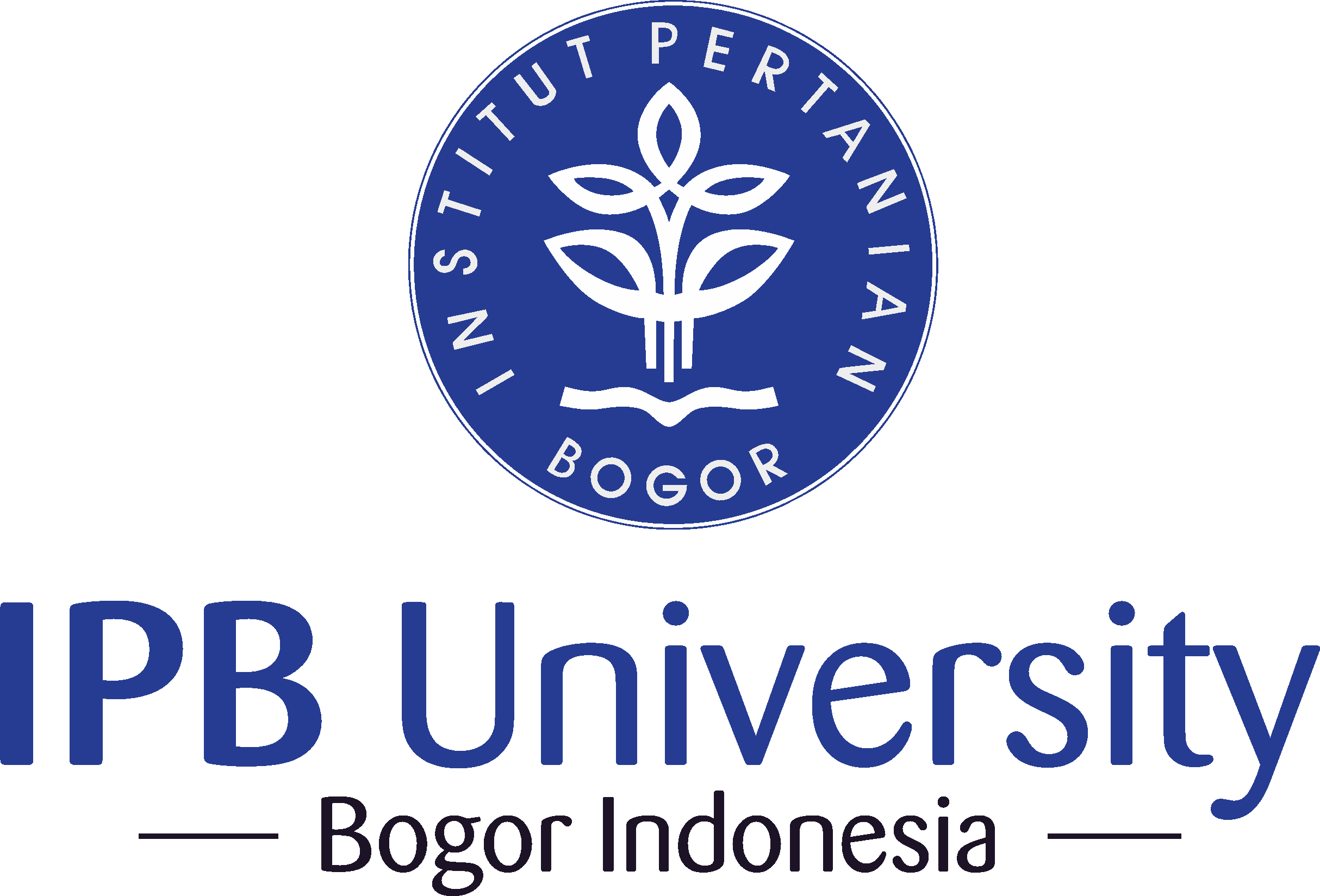Biodegradation of DDT by Co-cultures of Pleurotus eryngii and Pseudomonas aeruginosa
Abstract
Dichloro-diphenyl-trichloroethane (DDT) is a synthetic insecticide that widely used around the world, which has a negative effect on human health and the environment. The objective of this research was to investigate the ability of bacterium Pseudomonas aeruginosa in co-culturing with white-rot fungus Pleurotus eryngii to degrade DDT. The various volume of P. aeruginosa (1 ml ≈ 1.5 x 109 CFU) were added into 10 ml of P. eryngii culture for a 7-days of incubation. Approximately 82% of degradation of DDT were obtained from co-cultures with the adjunct of 10 ml of P. aeruginosa during the 7-day incubation period, which had the best ratio of optimization of 0.57. The confrontational assay showed that P. aeruginosa gave no effect on the growth of P. eryngii (0.39 cm/day). DDD (1,1-dichloro-2,2-bis(4-chlorophenyl) ethane), DDE (1,1-dichloro-2,2-bis(4-chlorophenyl) ethylene) were detected as metabolic products from the DDT degradation by co-cultures bacterium P. aeruginosa and fungus P. eryngii. This study indicated that bacterium P. aeruginosa can be used to enhance DDT degradation by whire-rot fungus P. eryngii.
Downloads
HAYATI J Biosci is an open access journal and the article's license is CC-BY-NC. This license lets others distribute, remix, tweak, and build upon author's work, as long as they credit the original creation. Authors retain copyright and grant the journal/publisher non exclusive publishing rights with the work simultaneously licensed under a https://creativecommons.org/

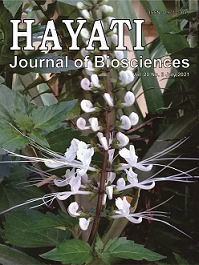














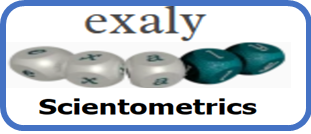




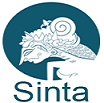

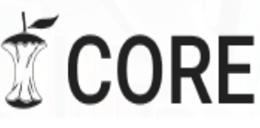

.png) IPB University
IPB University Department of Biology
Department of Biology The Indonesian Biological Society
The Indonesian Biological Society 